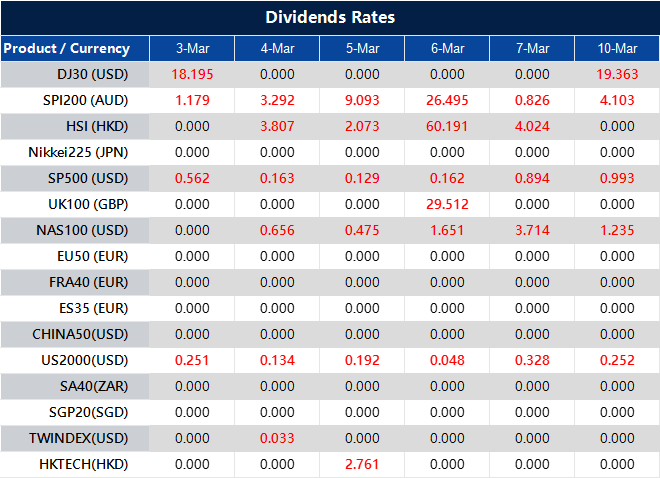Gold prices in the Philippines experienced an increase on Monday. The price per gram reached 5,340.18 Philippine Pesos (PHP), up from 5,315.87 PHP last Friday.
Gold also rose to PHP 62,286.75 per tola, compared to PHP 62,003.31 per tola on Friday. Current prices are as follows: 1 gram at 5,340.18 PHP, 10 grams at 53,401.75 PHP, 1 tola at 62,286.75 PHP, and 1 troy ounce at 166,098.10 PHP.
Factors Influencing Gold Prices
Gold prices can fluctuate due to various factors, including geopolitical issues and interest rates. Additionally, the performance of the US Dollar significantly impacts gold pricing.
This rise in gold prices in the Philippines follows recent movements in the broader market. When looking at these numbers, it’s clear that gold keeps proving its status as a preferred store of value, especially during uncertain periods. The increase from last Friday to Monday may not seem dramatic, but it shows the market’s sensitivity to wider financial conditions.
Interest rates and geopolitical concerns are two key elements that traders must always watch closely. When rates climb, holding gold becomes less attractive since it does not yield interest like bonds or savings accounts. On the other hand, when economic uncertainty grows, demand for gold often increases as investors seek stability. These forces do not act in isolation but rather push and pull on prices daily.
The US dollar also plays a massive part in determining gold’s value. A strong dollar tends to restrict gold price movements since it makes the metal more expensive for buyers using other currencies. When the dollar weakens, gold typically gains momentum. This relationship is especially relevant for those dealing in derivatives, as any shift in the currency’s value can create opportunities for quick moves.
Market Volatility And Trader Strategies
Volatility should be expected in the coming weeks, and traders must react with agility. Watching central bank statements and interest rate decisions could offer useful insights. By keeping a close eye on these external factors, traders can better assess when to act.













